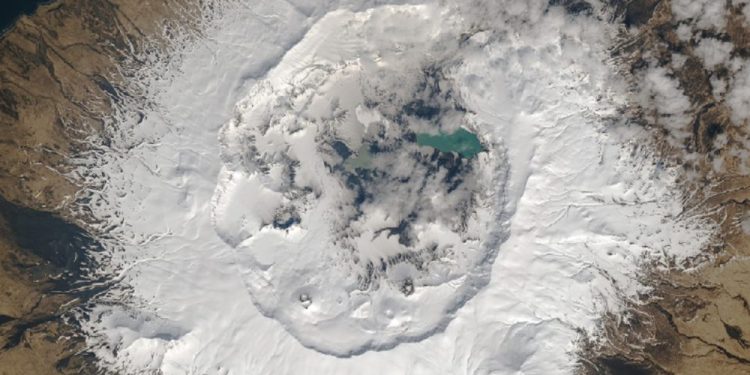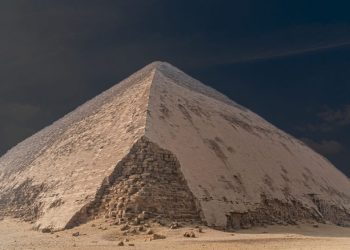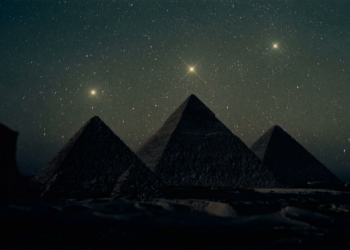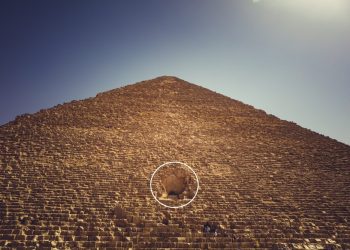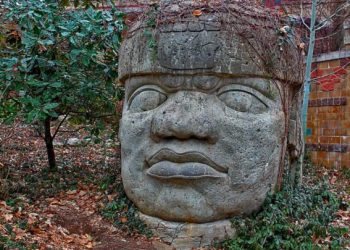Alaska’s Okmok volcano eruption is linked to a previously unexplained period of extreme cold weather in ancient Rome. This is according to an international multidisciplinary team of scientists, who has found evidence that connects the volcano’s eruption to a period of extremely cold weather in ancient Rome.
Extreme Cold in Ancient Rome
Evidence connects an unexplained period of extreme cold in ancient Rome to an unlikely source: a huge eruption of Alaska’s Okmok volcano, located on the opposite side of the planet. At the time of Julius Caesar’s death in 44 BC, written sources report a period of surprisingly cold weather, harvests, famines, disease, and changes in the Mediterranean region, impacts that eventually added to the fall of the Roman Republic and the Ptolemaic Kingdom of Egypt.
Historians had long speculated that a volcano was the cause but have been unable to discover where or when such an eruption had occurred or how severe it was. In a study published in Proceedings of the National Academy of Sciences (PNAS), a research team led by Joe McConnell of the Desert Research Institute in Reno, Nevada, uses an analysis of tephra (volcanic ash) found in Arctic cores samples to link the unexplained extreme climate period in the Mediterranean with the caldera-forming eruption of Alaska’s Okmok volcano in 43 BC.
Alaska’s Okmok volcano
“To find evidence that a volcano on the other side of the earth erupted and effectively contributed to the demise of the Romans and the Egyptians and the rise of the Roman Empire is fascinating,” McConnell revealed. “It shows how interconnected the world was even 2,000 years ago.”
The discovery was made last year at DRI’s Ice Core Laboratory when McConnell and Swiss researcher Michael Sigl of the Oeschger Center for Climate Change Research at the University of Bern stumbled upon an unusually well-preserved tephra layer in an ice core sample and decided to investigate.
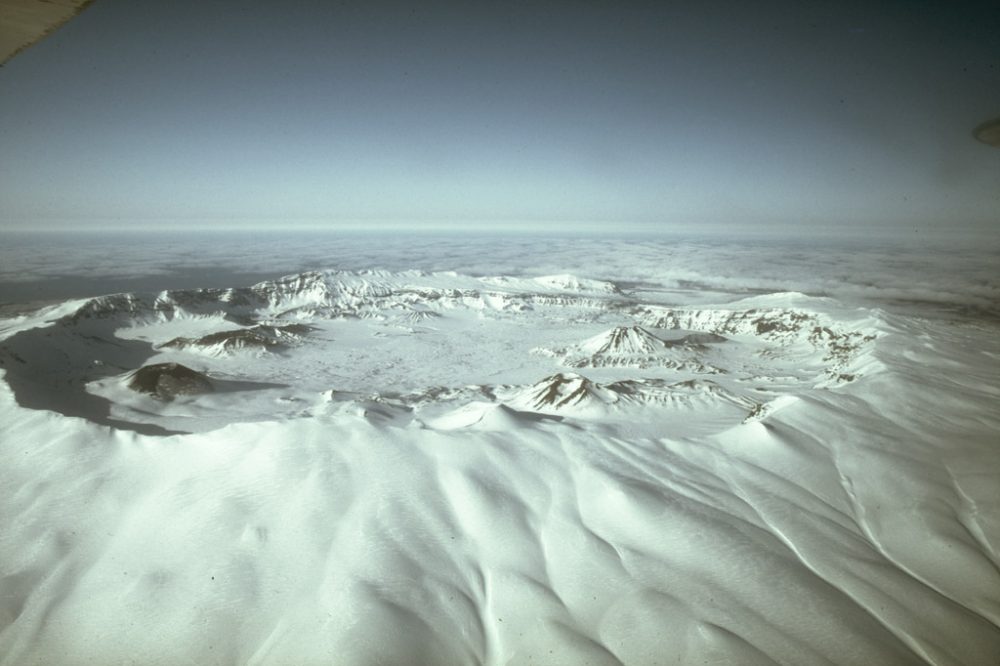
Ice cores from Greenland and Russia
New measurements were made on ice cores in Greenland and Russia, some of which were drilled in the 1990s and archived in the USA, Denmark, and Germany. Using these and other previous measurements, they were able to delineate two different eruptions: a powerful event but of short duration and relatively localized at the beginning of the year 45 BC, and a much bigger and more extended event at the beginning of the year 43 BC with volcanic precipitations that lasted more than two years in all the records of the ice core.
The researchers then performed a geochemical analysis of the tephra samples from the second eruption found in the ice, matching the small fragments with those of the Okmok II eruption in Alaska, one of the largest eruptions in the past 2,500 years.
“The tephra match doesn’t get any better,” explained tephra specialist Gill Plunkett, Ph.D. from Queen’s University Belfast. “We compared the chemical fingerprint of the tephra found in the ice with tephra from volcanoes thought to have erupted about that time, and it was very clear that the source of the 43 BCE fallout in the ice was the Okmok II eruption.”
Have something to add? Visit Curiosmos on Facebook. Join the discussion in our mobile Telegram group.



